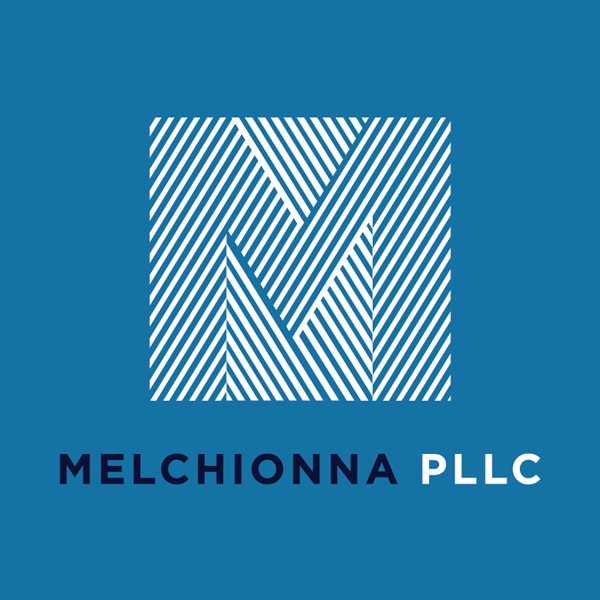On
March 25, 2020, the United States Senate unanimously approved a $2 trillion
rescue package to combat the Covid-19-induced economic downturn (https://www.congress.gov/bill/116th-congress/senate-bill/3548/text ). This third rescue
package includes a variety of initiatives and financing sources that target
different sectors of the US economy. When signed into law by the President– as
is currently expected – the sprawling legislation would be the largest relief package
in US history.
This
is the third remedy that Congress has passed in the span of two weeks to face
the COVID-19 public health and economic crisis: the first one was the March 6,
2020 $8.5 billion Coronavirus
Preparedness and Response Supplemental Appropriations Act, (https://www.cdc.gov/cpr/readiness/funding-covid.htm), followed by the
March 18, 2020 Family First Coronavirus Response Act (FFCRA Act) https://www.dol.gov/agencies/whd/pandemic/ffcra-employee-paid-leave .
The
CARES Act provides funding and/or tax relief to individuals, industries, businesses,
and hospitals as follows:
- Individuals: A cash payment of $1,200 to individuals who
earned $75,000 or less in 2019 (or 2018 if they have not yet prepared their
2019 tax return). The size of the payment gradually decreases for workers who
earned more than $75,000 and phases out completely at $99,000. A $2,400 check
will be sent to married couples who earned less than $150,000 and will phase
out at $198,000. Individuals and couples with children 16 and under will
receive an additional $500 per child.
- Workers: They can receive an additional $600 per
week payment for up to 4 months on top of state unemployment benefits;
self-employed individuals and independent contractors are also eligible to
obtain payments. The ‘waiting week’ that is customary for many state
unemployment insurance applications may be repealed by state authorities, and
there may be an additional 13 weeks of coverage after exhaustion of state
benefits;
- Small businesses (with fewer than 500 employees)
paycheck protection: A $350 billion forgivable loan program, guaranteed by the
Small Business Administration, to help small businesses maintain staff for
payroll and other expenses (February 15 to June 30). Loans are forgivable if
used for payroll or to pay rent, interests on mortgages, and utilities.
Businesses with fewer than 500 employees are eligible for loans up to $10
million depending on aggregate employee wages paid between January 1 and
February 29 this year. The maximum interest rate on these loans is 4%, and the
principal on the loan can be forgiven if the loan is used for approved purposes
and the employer maintains its average workforce size based on when it receives
the loan (https://www.marketwatch.com/story/heres-what-the-historic-2-trillion-coronavirus-stimulus-package-will-do-to-help-small-businesses-2020-03-26);
- Small businesses (with fewer than 100 employees): A 50% payroll tax
credit on wages up to $10,000 per worker during the crisis;
- Businesses: A two-year deferral on the 6.2% social
security tax employers and the self-employed pay on wages. The current bill
mandates that half of the deferred amount must be paid by the end of 2021 and
half must be paid by the end of 2022 (https://www.politico.com/news/2020/03/25/whats-in-stimulus-package-coronavirus-149282);
- Business NOLs: Losses that occurred in 2018, 2019 and
2020 can be carried back for 5 years with no application of the 80% limitation;
- Businesses and local governments: $454 billion in emergency
lending provided that they retain 90% of their employees (as of March 24, 2020)
and do not engage in stock buy-back.
After
the bill passes, the Department of the Treasury is expected to establish a
process where almost all FDIC-insured banks can originate SBA loans. Treasury
Secretary has also stated that he hopes to make the loan application process
very simple with same-day disbursement (https://www.wsj.com/articles/how-to-apply-for-small-business-loans-under-the-coronavirus-stimulus-bill-11585235059).
